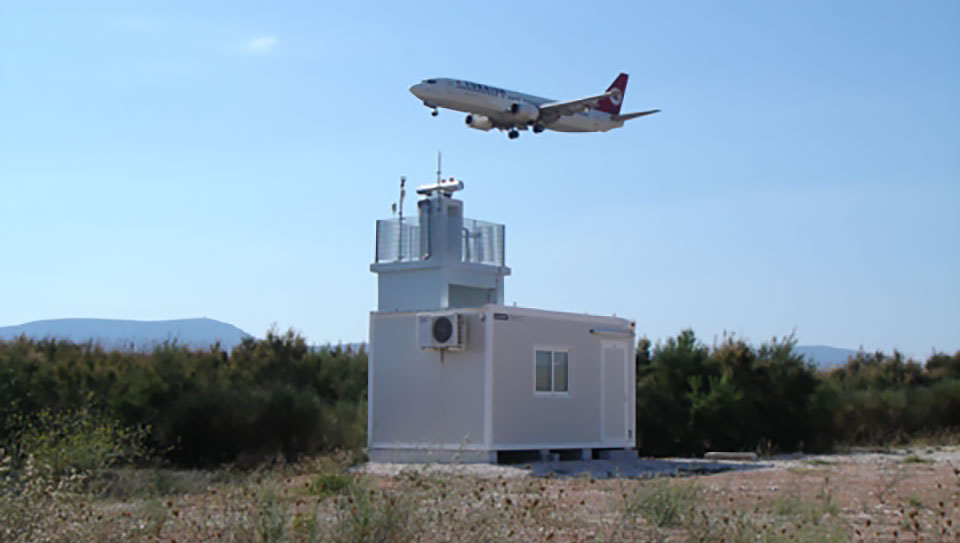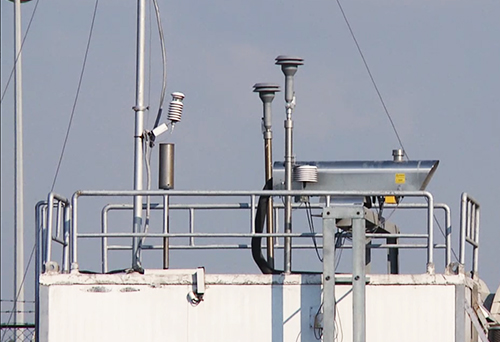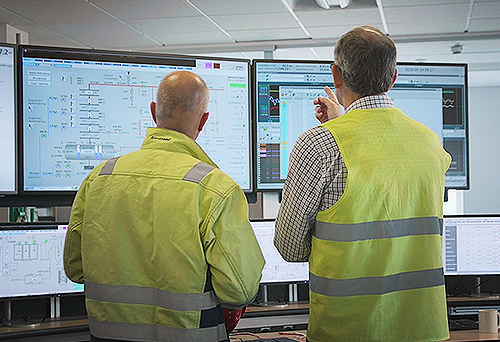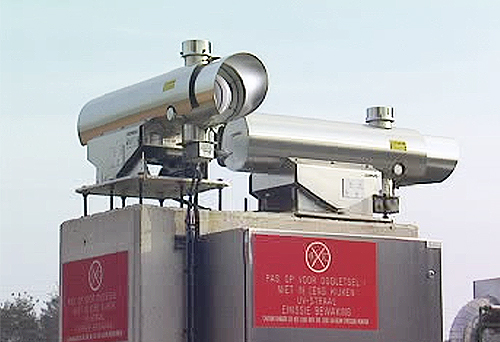Monitoring the air quality at airports
Monitoring the air quality at and around airports can be done for several reasons. It may be a question of monitoring the pollutants that employees and passengers are exposed to, but it may also be a matter of studying the contribution of aviation and ground traffic to pollution. Regardless of purpose, monitoring can be a challenge. The location of the measurement site must be representative. A large number of gaseous components need to be monitored with high accuracy and high availability.
A CERTIFIED MONITORING SYSTEM WITH HIGH AVAILABILITY
The OPSIS DOAS system is a system with fast response time, offering high availability at a low cost. By example, the effect of aircraft take-off and landing can be easily followed on-line. The OPSIS gas analysis system can also monitor emissions from other sources at the airport.
All relevant gases can be monitored with one system, e.g. nitric oxide (NO), sulfur dioxide (SO2), ozone (O3), benzene, toluene, formaldehyde, 1,2,4-trimethylbenzene, and ammonia (NH3).
The monitoring of gaseous pollutants can be supplemented by the monitoring of particulate concentrations and meteorological parameters.
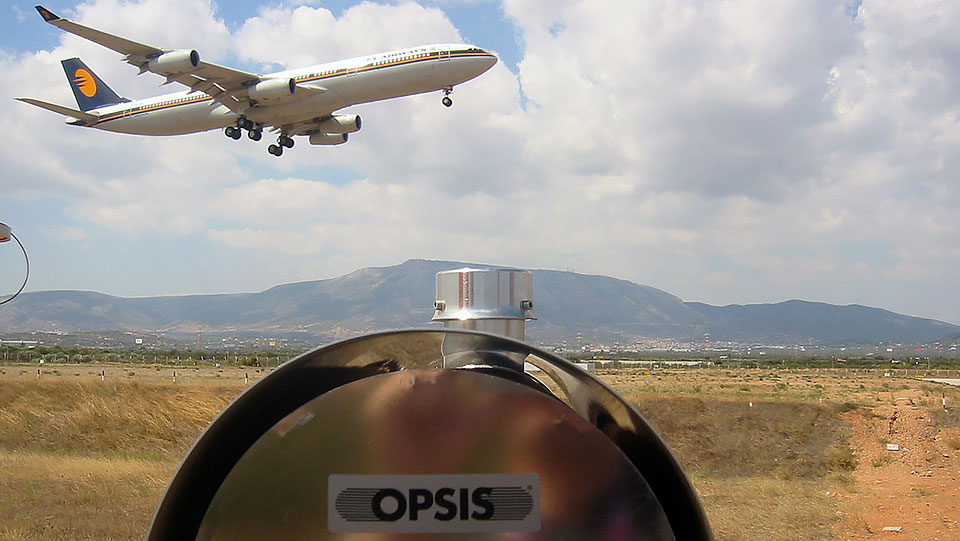
MONITORING OF AIR POLLUTION WITH OPSIS
There are multiple reasons for choosing OPSIS as supplier of systems for gas analysis. Among the key benefits of the methods and solutions offered by OPSIS are:
- one analyser for all relevant gaseous pollutants
- direct monitoring of nitrogen dioxide (NO2) and specific hydrocarbons
- cost-effective, non-contact technology with open monitoring path
- high availability of data
- representative data
- calibration of gas analysers only once a year
- low energy consumption
- long maintenance interval
- certified by German TÜV, U.S. EPA, and others.
